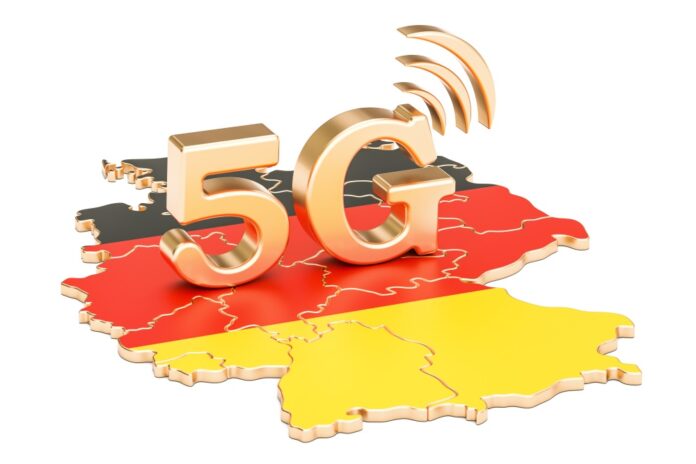Small cells in Munich will become Bavarian blueprint for national 5G
Telefonica Germany has activated its first small cell network with Open RAN technology in Munich’s influential Isarvorstadt quarter. The telco is hoping that the Bavarian trend setters will help this small cell fashion to sweep the nation.
Germany’s number two mobile operator claims the new technology will give customers broadband grade service, with its 4G signals shifting data at up to 100 Mbps.
The small cells network will be connected to fibre backhaul for all roll outs across the country. In Munich, Telefonica has employed the skills local utility company Stadtwerke Muenchen and operator M-net to connect the cells to fibre.
Small cells create mighty networks
TG’s mini radio cells have been placed on the building facade of the Klenzestrasse, in Munich’s Gaertnerplatz neighbourhood. These small cells of Open RAN will supplement the amalgamated 4G/5G mobile network kit installed on roofs across this inner-city area, .
In the next three weeks Telefonica will install more small cells in the famous downtown area of the Bavarian capital. The dispensation of small cells will start with two 4G radios on the Gaertnerplatz, the central square in the city hippest quarter, the Isarvorstadt district. The technology will fan out with the installation of pure 5G Open RAN small cells (5G standalone) across the iconic German city.
Munchen is blueprint for Open RAN
The method has yet to be confirmed by the RAN builders but it’s thought that Telefonica Germany company may use the existing infrastructure of Stadtwerke Munchen to support the deployment. The München Projekt will be the blue print for replication in other large cities in Germany.
In a release Telefonica said it expects the technology to help it complement its 5G/4G capacities over the O2 network at high-traffic locations in urban areas.


